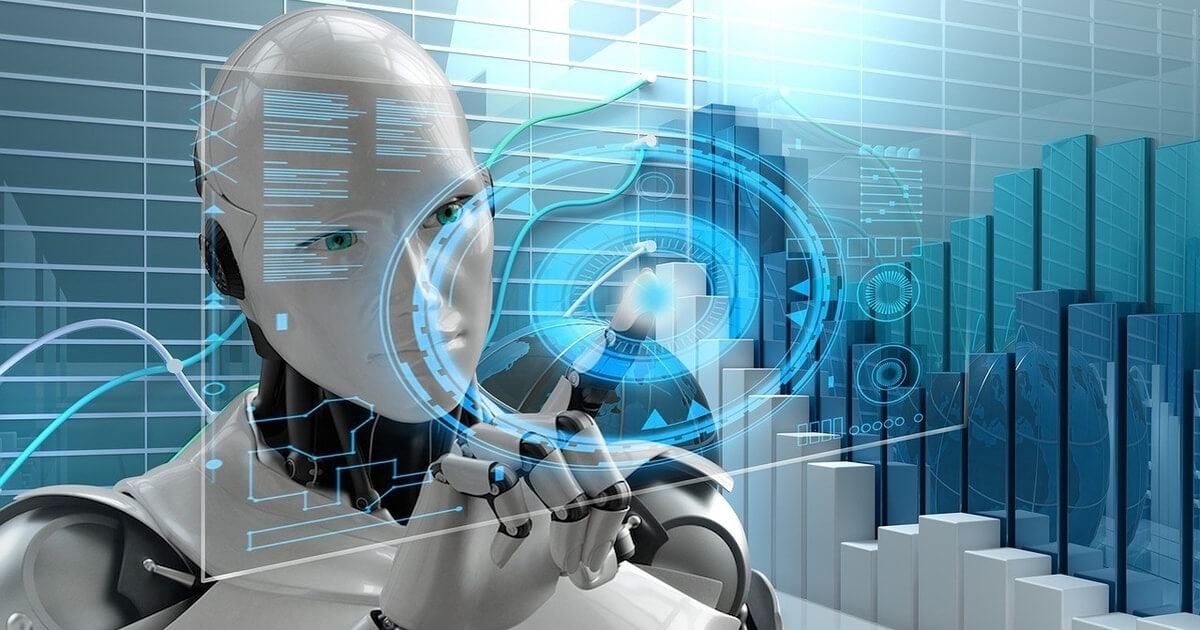2023 marks a significant milestone in the field of artificial intelligence (AI), with the industry experiencing explosive growth. This surge has had a particular impact on the stock prices of tech giants like Nvidia, highlighting the growing influence of AI in the tech landscape. However, this rapid progress has not been without challenges, as issues such as model drift, hallucinations, and model collapse continue to pose obstacles to AI reliability and safety.
AI market growth and NVIDIA’s rise
In 2023, the rapid spread of AI has transformed various industries and become an essential part of our daily lives. Forecasts suggest the market could grow 20-fold by 2030, reaching $2 trillion. Nvidia, the chip market leader, has been at the forefront of this growth. In 2023, stock prices soared 179%, significantly exceeding the 22% increase rate of the Nasdaq Composite Index.
Nvidia’s expertise in accelerated computing, particularly advanced graphics processing units (GPUs), has been invaluable in fields as diverse as automotive, healthcare, gaming, and data centers. The company’s role has been critical to the success of AI applications, including OpenAI’s ChatGPT.
Challenges: Model drift, hallucinations, and model collapse
Despite the industry’s growth, AI technology faces serious challenges. Analysts Leonard Lee and Karl Freund highlighted issues such as model drift, hallucinations, and model collapse during the neXt Curve reThink webcast. These issues are important obstacles that must be addressed to ensure the reliability of AI applications.
One of the key challenges in AI adoption is the learning curve, especially for generative AI technologies that are probabilistic in nature. A thoughtful approach to AI integration is essential as high reliability is required in mission-critical and safety-critical applications. Carl Freund advises companies to focus on the real capabilities of AI in 2024, while also focusing on what AI can achieve today. The emphasis was on understanding what can be done while minimizing the associated risks.
Nvidia’s response to AI safety concerns
In particular, in response to challenges such as hallucinations in AI, Nvidia has introduced innovative solutions. The company is launching NeMo Guardrails, an open source tool designed to act as an intermediary in conversations with large language models (LLMs), ensuring they stay on the right track and relevant. This tool represents an important step in AI safety and provides a mechanism for monitoring and maintaining the context and accuracy of AI-based conversations.
NeMo Guardrails can be customized for a variety of applications, including customer service chatbots and specialized domains such as finance and healthcare. By providing a programmable way for developers to implement safety measures, Nvidia is making a significant contribution to the AI community’s efforts to build more resilient and trustworthy AI systems.
conclusion
There is no mistaking the remarkable market growth of AI in 2023 and Nvidia’s important role in this expansion. However, issues of model drift, hallucinations, and model collapse highlight the need for continued efforts to improve AI reliability and safety. Nvidia’s launch of NeMo Guardrails is evidence of the industry’s commitment to solving these problems. As AI continues to advance, it is important for companies to focus on effectively leveraging existing capabilities while preparing for future developments.
Image source: Shutterstock

